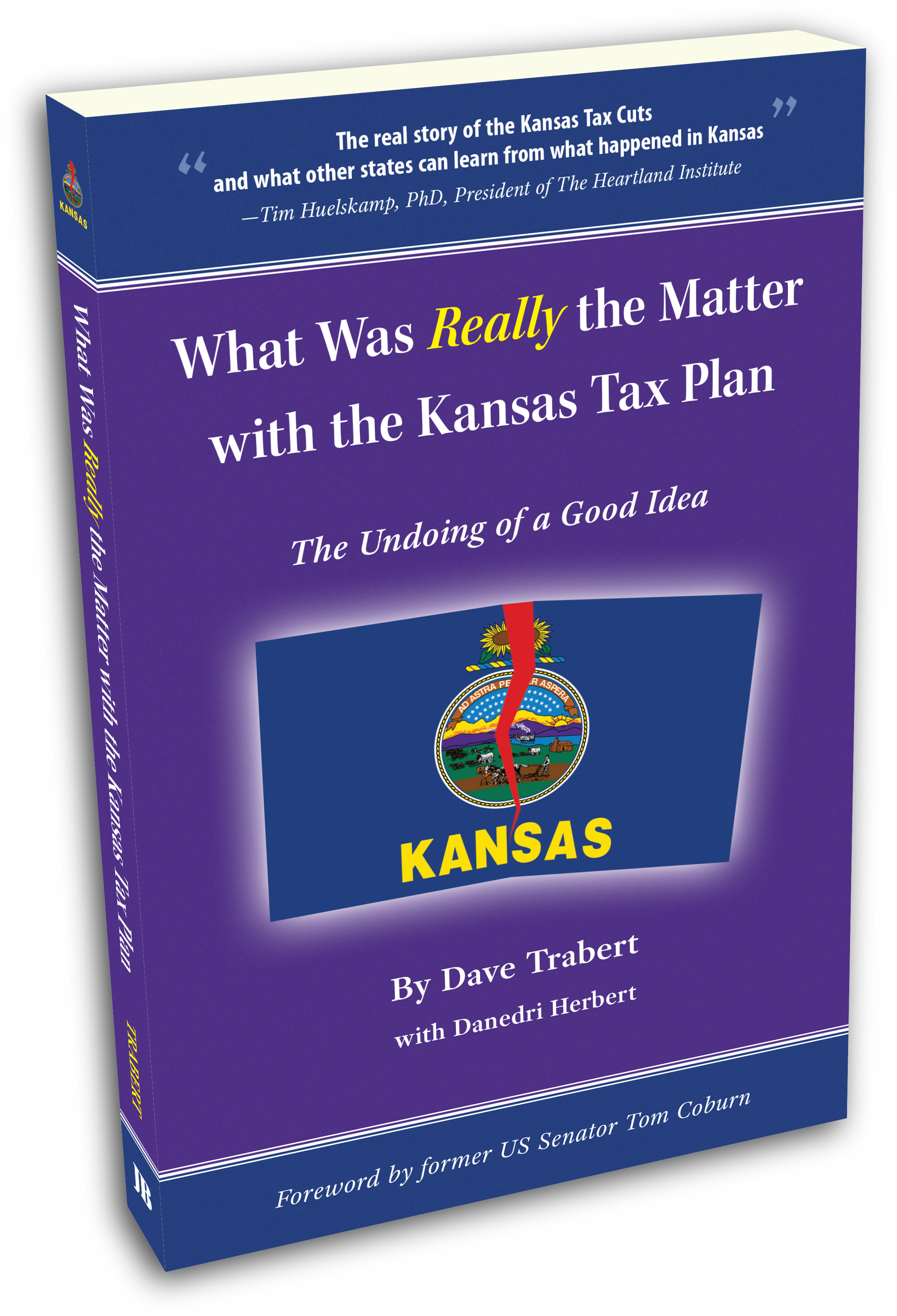Fewer Kansas kids are in poverty, according to the annual Kids Count Survey. Only 14 percent of Kansas children live in poverty, the lowest percentage since 2004.
The number of Kansas kids in poverty has been steadily declining since 2012. In 2012, 19 percent, or 135,000 Kansas children lived in poverty. According to the latest Kids Count survey, that number dipped to 99,000 in 2016. The national average is 19 percent.
“Approximately 99,000 Kansas children remain in poverty, so there is work left to do, but we are clearly heading in the right direction, and Kansas is leading other states to consider welfare reforms like ours, which encourage self-reliance and result in better outcomes for participants,” Gov. Sam Brownback said in a press release.

Brownback credits welfare reform for lowering the number of kids in poverty. Specifically, he listed the Kansas HOPE Act, adopted in 2015. The welfare reform initiative made work a requirement for some state benefit recipients, creating an employment incentive that helped lift Kansans out of poverty.
“By encouraging work over reliance, we have broken the cycle of poverty for thousands of Kansans,” Brownback said. “Our policies are good for Kansas families, the economy and taxpayers.”
Kansas’ welfare reform has received positive national press. Yesterday, a Hill column extolled the virtues of Kansas’ comprehensive welfare reform policies, noting that Brownback’s work requirement helped able-bodied parents who left welfare double their incomes.
“After reform, Kansas families who left cash assistance saw their incomes increase by an average of 104 percent within just one year. In real dollars, these families were earning $20 million more after regaining their independence than they were making on welfare. Over time, their incomes continued to increase, eventually more than tripling within four years of leaving dependency,” the column reads.
The reforms also helped the state’s bottom line as the number of those using the state’s cash assistance program plummeted 78 percent.
Nic Horton, the column’s author, writes Kansas’ welfare reform should serve as a model for the nation to save money and to help the neediest.
“If Congress is serious about reversing the decades-long welfare surge, they must ensure that work requirements are a part of Medicaid going forward,” he writes.


